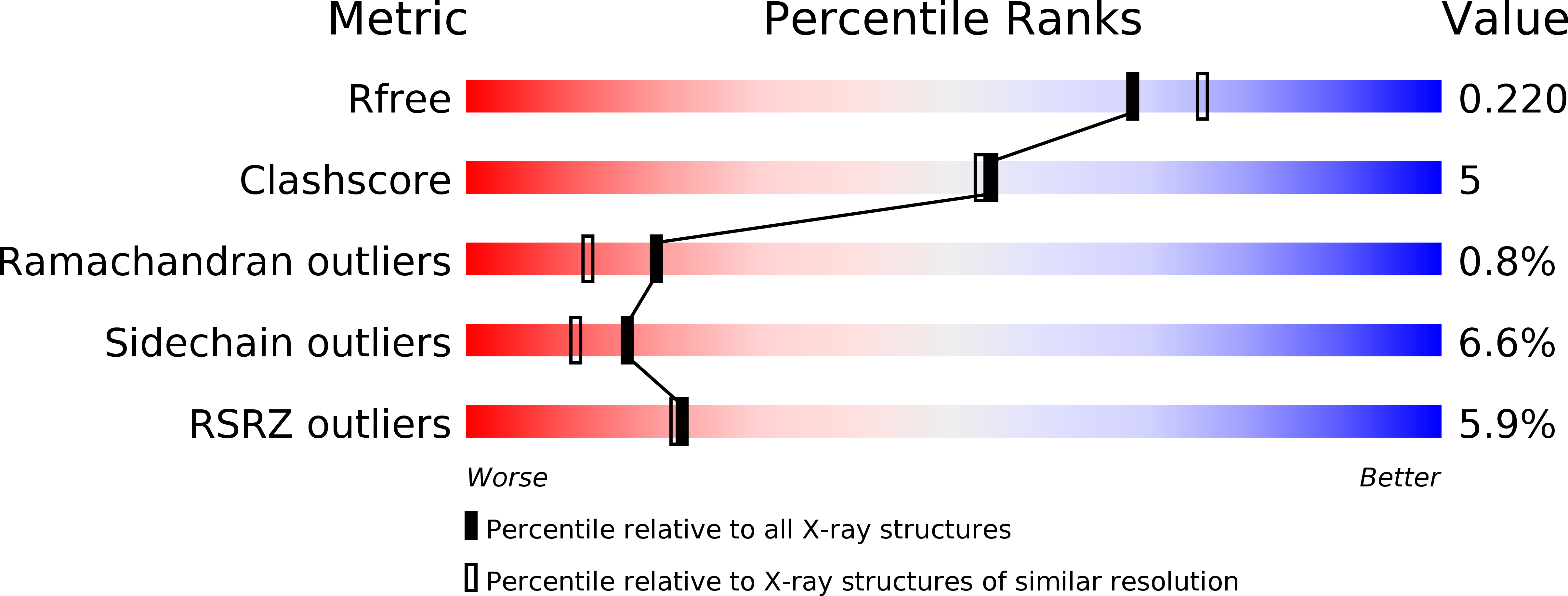
Deposition Date
2018-05-15
Release Date
2019-04-17
Last Version Date
2024-11-20
Entry Detail
PDB ID:
6DFX
Keywords:
Title:
human diabetogenic TCR T1D3 in complex with DQ8-p8E9E peptide
Biological Source:
Source Organism:
Homo sapiens (Taxon ID: 9606)
Host Organism:
Method Details:
Experimental Method:
Resolution:
2.03 Å
R-Value Free:
0.21
R-Value Work:
0.18
R-Value Observed:
0.18
Space Group:
P 1 21 1


